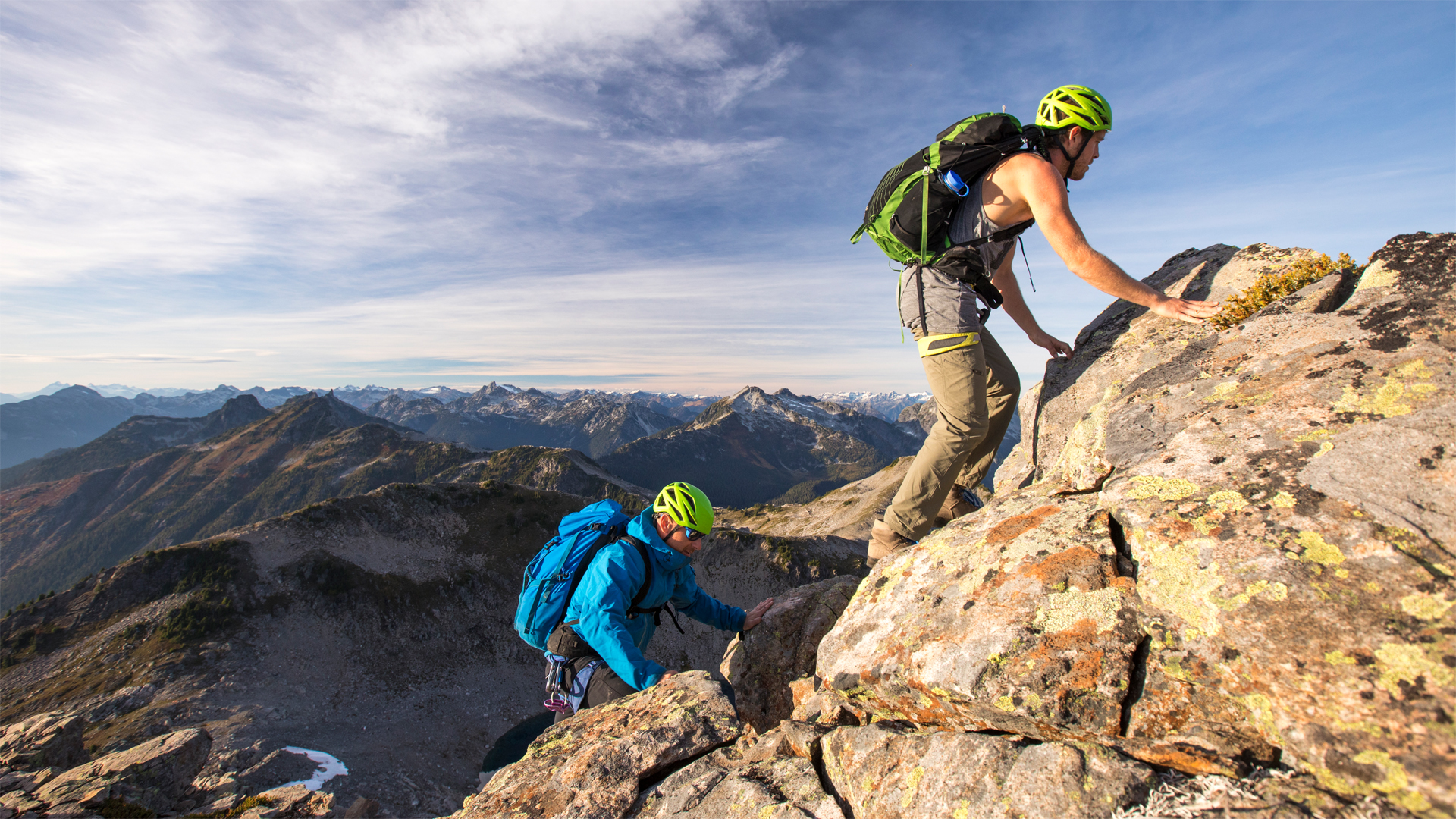
It’s thrilling, moving quickly and continuously along an exposed mountain ridge, unencumbered with ropes and protective gear, getting hands on with the ancient rock. Yep, compared to the short bursts of activity followed by faff and a long belay wait when climbing, scrambling feels like a purer pursuit – a liberating form of adventure. Just you and the mountain. Not as risky as free soloing, but still something that feels just a little…edgy.
The popularity of scrambling has been gaining pace alongside its better-known cousins, namely hiking and rock climbing, for some time. Scrambling is the bridge between the two. At one end of the scrambling spectrum, you’ve got adventurous hiking, the sort where you can no longer amble along with your hands in your pockets. At the other extreme, you’ve got the sort of terrain on which the vast majority of folk, unless you’re someone like Alex Honnold, would want to be attached to a rope.
The line between difficult scrambling and easy climbing is a blurry one and it’s difficult to define exactly where scrambling ends and climbing begins. Regardless, many people have tried to do just this. We thought we’d throw our hat into the ring by asking one of our mountaineering experts to consider just when does scrambling become climbing.
What exactly is scrambling?
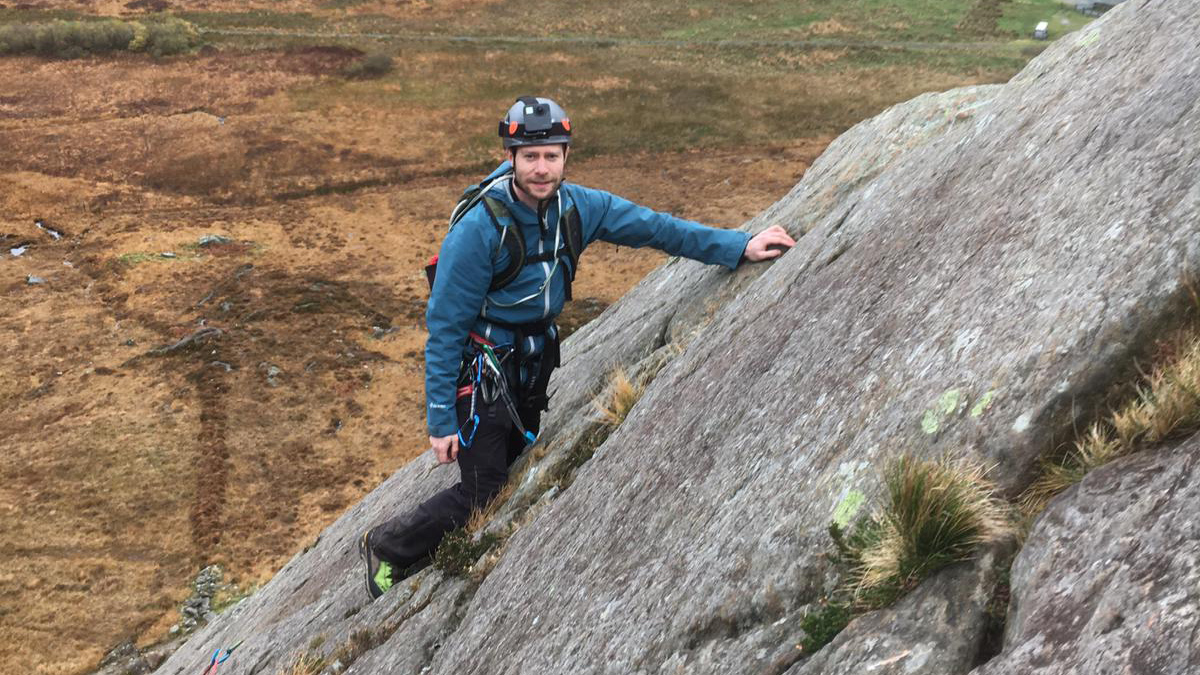
Scrambling is defined as the act of using your hands as well as your feet to progress through rocky backcountry terrain. Easier scrambling can be thought of as adventurous hiking, while tougher scrambles can be thought of as ‘nontechnical climbs’, as named in the Sierra Club’s Definitions for Scrambling Ratings – a document I'll be referencing quite a bit in due course.
A scramble will often form the crux – the trickiest bit – of an easier hiking route, and many popular hikes have short sections of scrambling in them. More sustained routes, with long stretches of terrain where the use of hands is required, are usually given a title, making them 'named scrambles'. Examples include the Crestone Traverse in the Rockies or Aonach Eagach in the Scottish Highlands.
Easy scrambles are usually tackled without a rope or other climbing equipment, while most people probably would rope up for the more difficult scrambles. It’s this that begs the question: when does scrambling become climbing?
Unroped scrambling is a potentially dangerous pursuit, particularly in the higher grades, when it essentially becomes easy free soloing – we'll explore this distinction more in due course too. Many of the world's most dangerous hiking trails feature sections of easier scrambling that are typically done without climbing equipment.
How are scrambles graded in America?
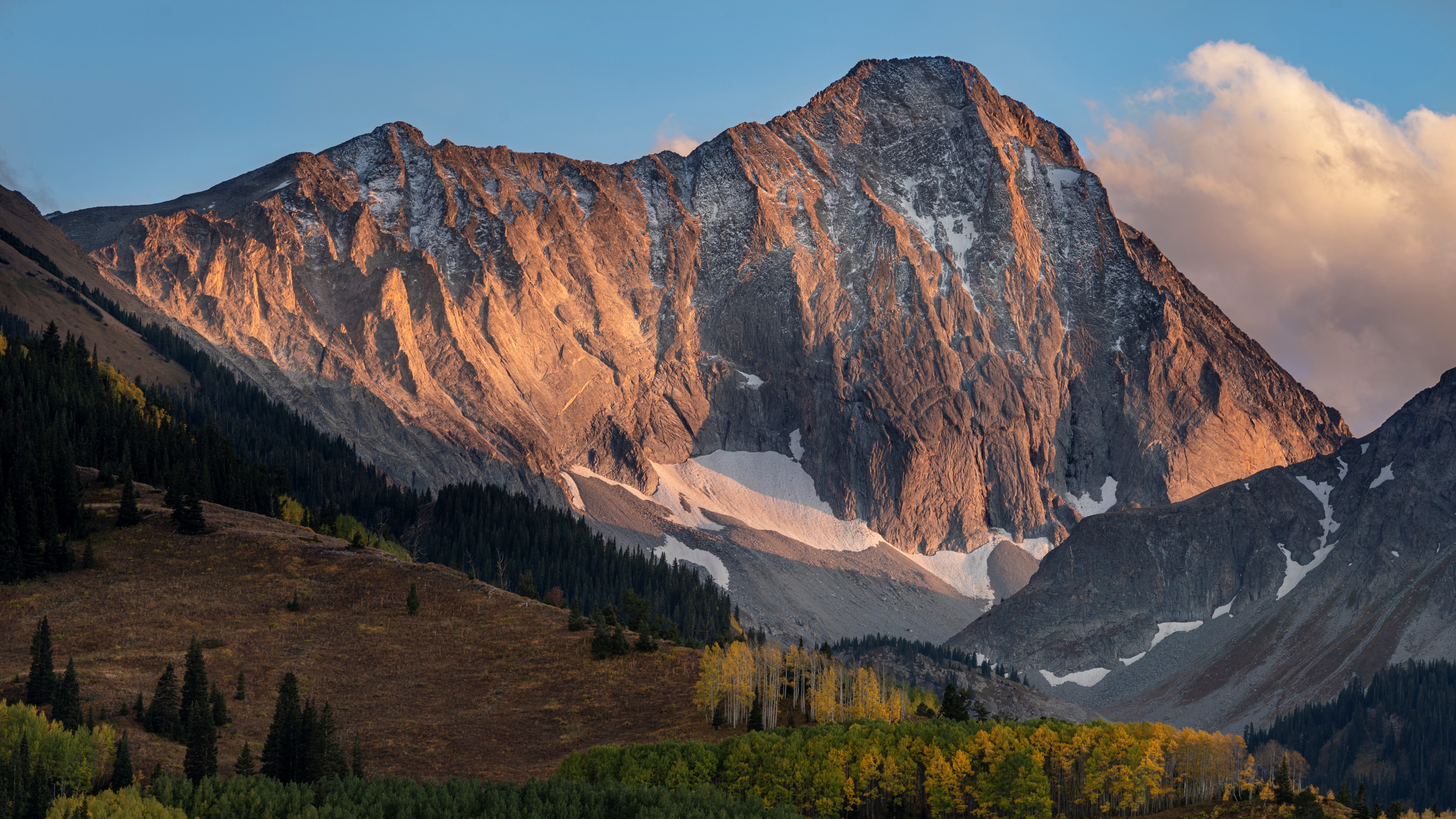
The US and the UK have their own grading systems to indicate the difficulty of a scramble. Handily, the American Yosemite Decimal System (YDS) captures the full spectrum of difficulty from a simple walk (Class 1) right through to Adam Ondra’s Silence, perhaps the hardest sport climb ever sent (5.15d). Classes 1 through 4 are described as non-technical mountain climbs, with Classes 2 through 4 representing the sort of terrain that would be defined as a scramble.
Indeed, the much-respected and comprehensive instructional mountaineering text Mountaineering: The Freedom of the Hills backs this assertion up. It reads: 'Nontechnical climbs, or scrambles, occur on second-, third-, or even fourth-class terrain.'
The Sierra Club have further broken down Classes 2, 3 and 4, giving each subcategories within the grade to describe nuances in difficulty, much in the same way as the Class-5 climbing grades are broken down.
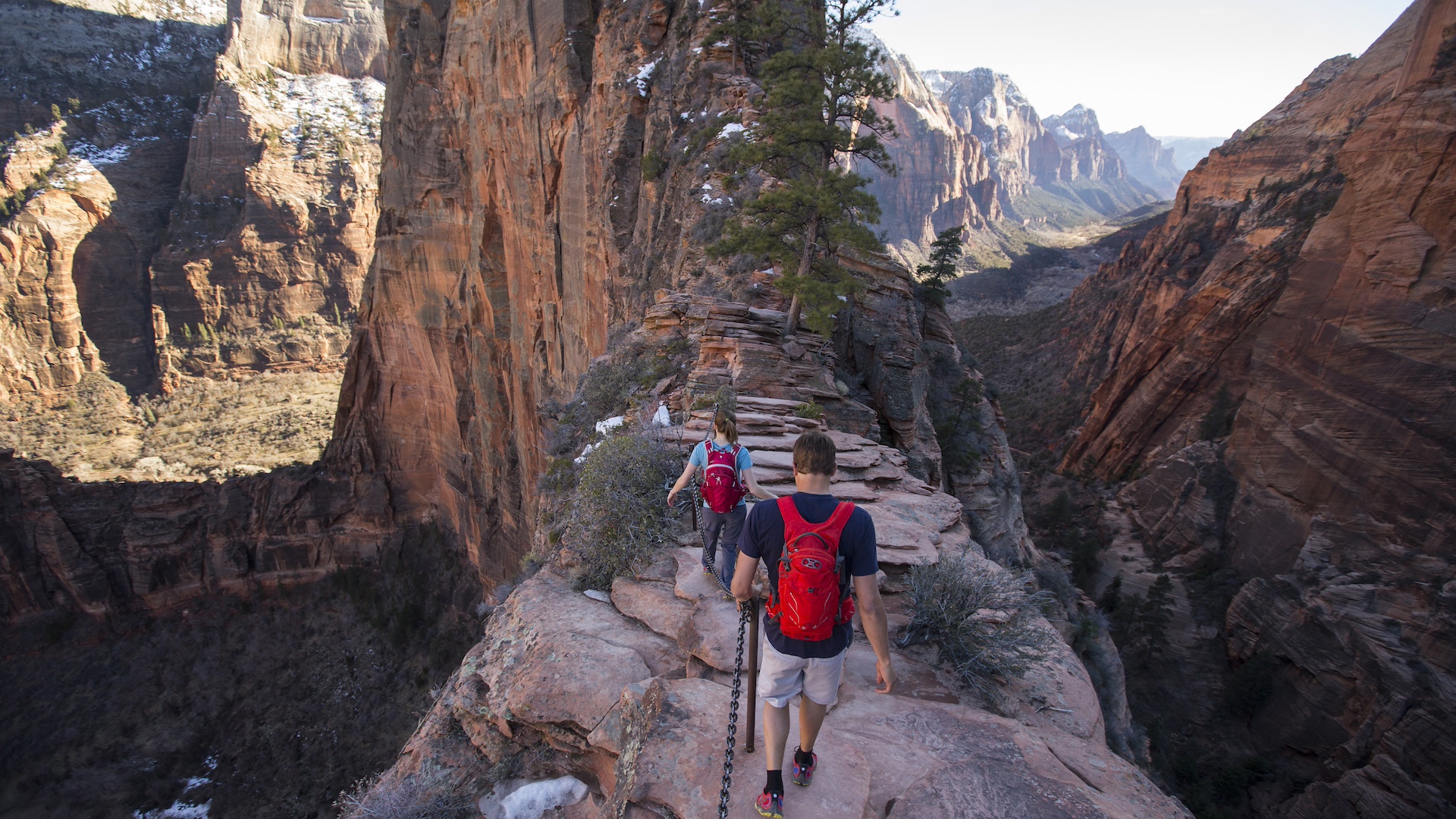
Class 2 is described by the Sierra Club as: 'simple scrambling and rough cross-country travel on scree, talus, and boulders, with minimal exposure and low to moderate risk'. This doesn’t sound like rock climbing to me.
The club describe Class 3 thus: 'moderate scrambling on steep, rocky terrain that requires handholds for upward movement and safety. Beginners may want a belay due to increased exposure and risk of serious injury'. This is beginning to sound more like rock climbing than hiking. However, Angels Landing in Zion National Park is a renowned Class-3 route and very few would think of it as a rock climb.
Class 4, however, is: 'difficult and exposed scrambling on very steep terrain where a rope is often advisable for safety, given the substantial risk of serious injury or death in the event of a fall'. The first subcategory, 4.0, is defined accordingly: 'brief, very hard scrambling' with 'readily available holds' and notes that 'some climbing skills are needed'. Understandably, it recommends a helmet and a rope for belays and descending. By the time we get into the meat of the 4.1 subcategory, however, the words 'rappel' and 'commitment' start getting thrown around. Commitment and rappels? I reckon we’re into the realms of rock climbing here.
How are scrambles graded in the UK?
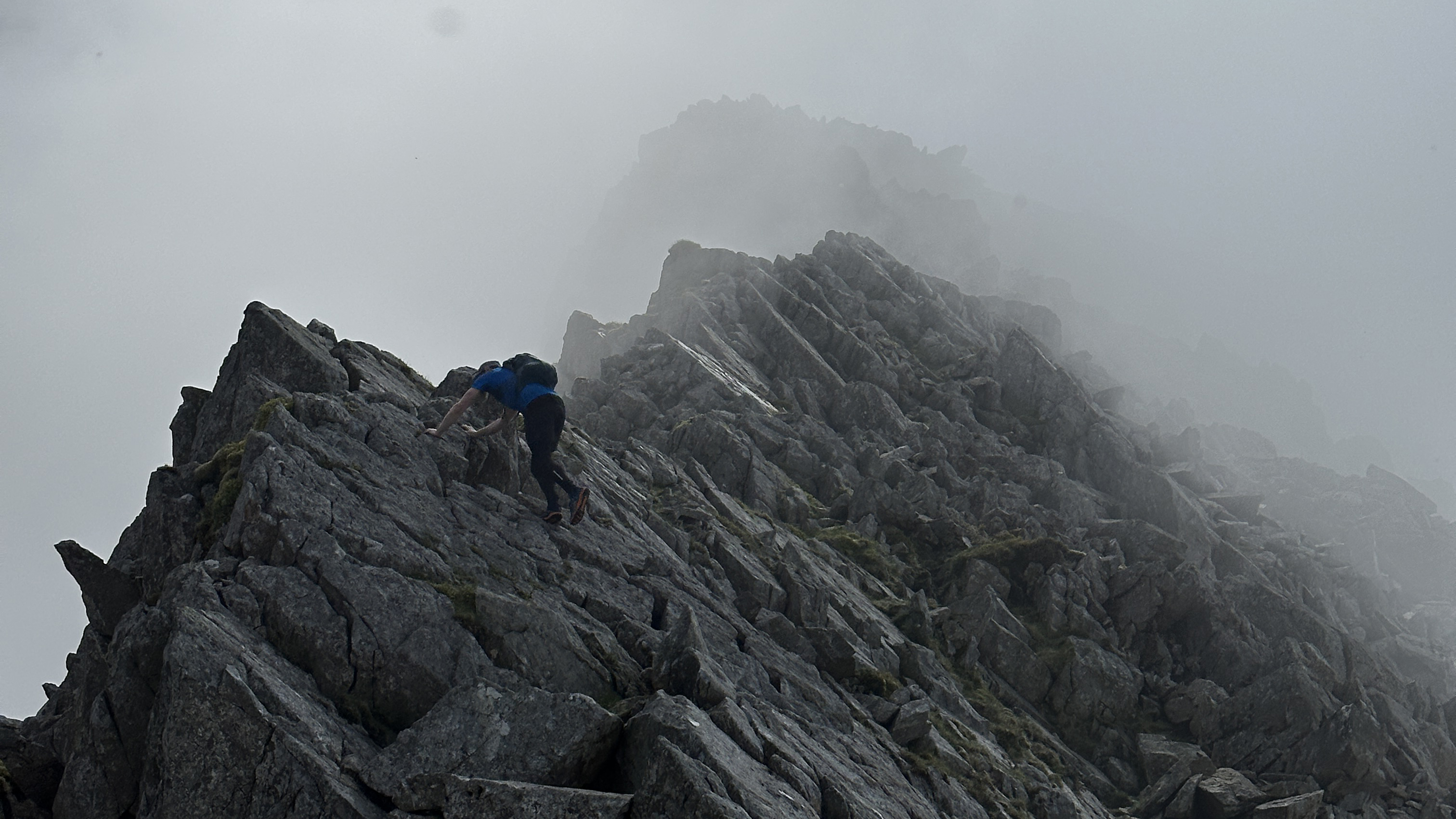
Scrambles are graded differently to both sport and trad climbs in the UK, with a separate system that goes from Grade 1 (easier) to Grade 3 (harder). The British Mountaineering Council (BMC) outlines the definitions on its website. In fact, it goes as far as to say scrambling is 'essentially' easy rock climbing. Though I and many others would assert that easy scrambling has much more in common with hiking than with climbing.
UK Grade-1 scrambles are comparable to YDS Class 2 routes and are usually tackled without ropes or other climbing equipment. Adventurous hiking, one might say.
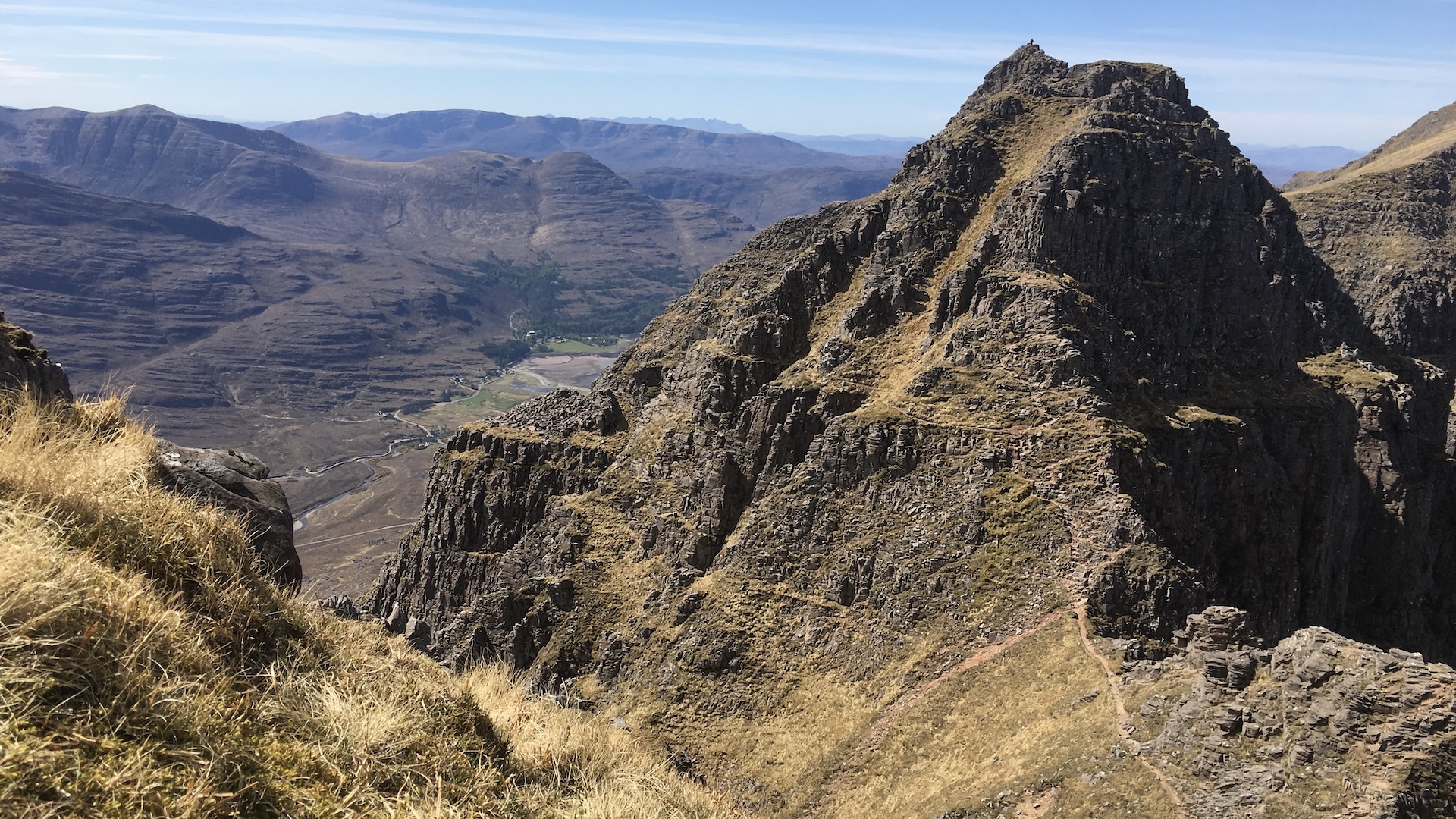
UK Grade-2 scrambles 'blur the line between scrambling and rock climbing' though the BMC don’t really describe the terrain in their definition. Let’s bring in the Scottish Mountaineering Club (SMC), who describe Grade-2 scrambles in their Highland Scrambles North guide as having 'considerable exposure' and 'short technically difficult sections'. Like YDS Class 3, we’re starting to approach something that sounds a little like climbing to me. Scottish classics like the Liathach Traverse and the Aonach Eagach fall into the Grade-2 category.
UK Grade-3 scrambles 'often appear in climbing guides as ‘Moderately’ graded climbing routes', according to the BMC. 'Use of the rope is to be expected for several sections, which may be up to about ‘Difficult’ in rock climbing standards'. Enough said?
The SMC have this to say about UK Grade-3 scrambles: 'Thought-provoking moves on steep rock in exposed situations'. Sounds pretty climbingy to me. Wait…here comes the nail in the coffin, the piton in the rock – if you will. 'A few slings, nuts and karabiners may prove useful for setting up belays'. Case closed. UK Grade-3 scrambling might as well be called climbing. Right?
When does scrambling become climbing?
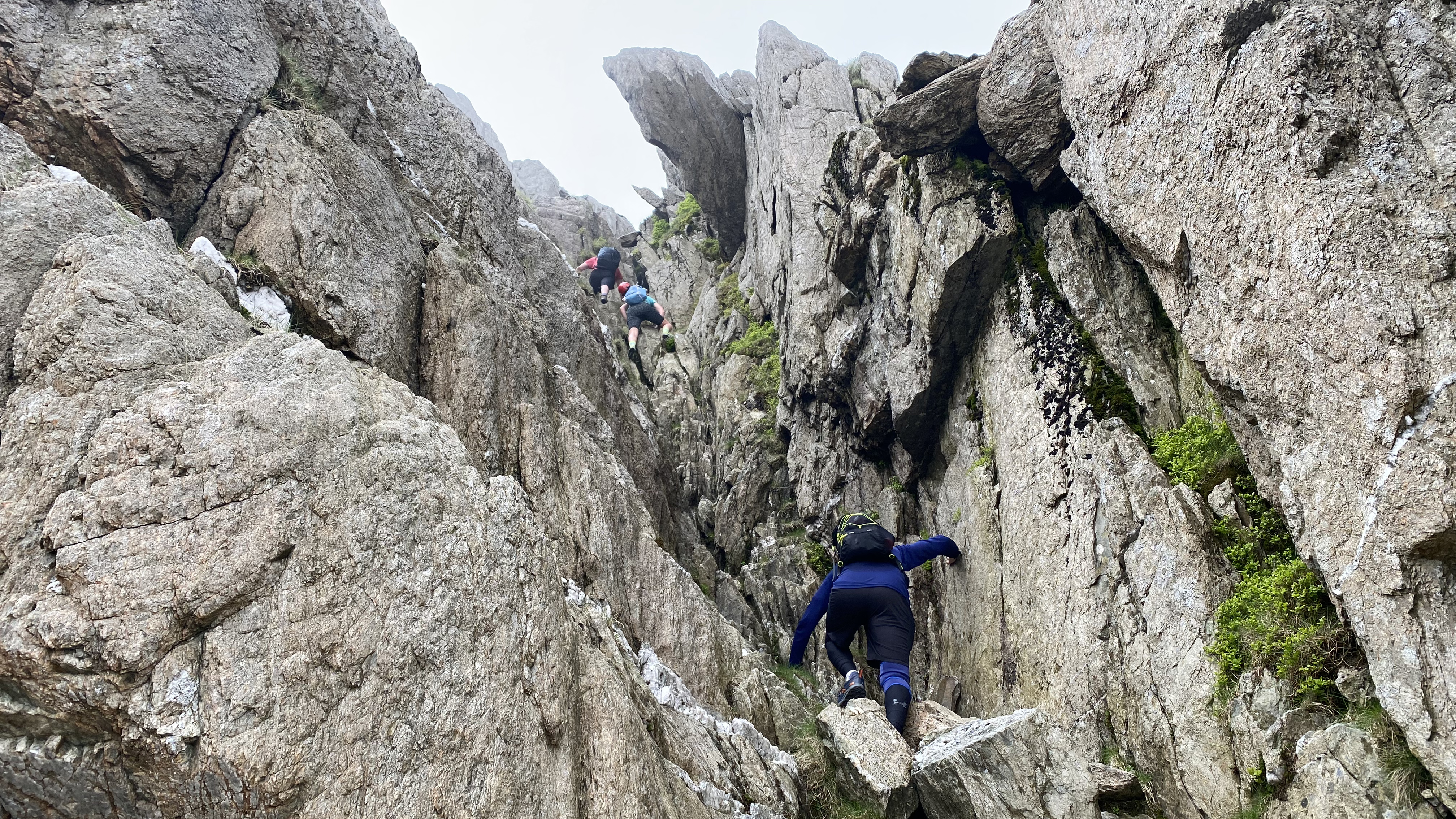
The short answer to the question posed at the top of this piece is: there’s no agreed point at which scrambling becomes climbing. What is clear is that respected bodies like the Sierra Club, the BMC and the SMC draw many parallels between YDS Classes 3 and 4 and UK Grade 2 and 3 scrambling and easy climbing, while the BMC go further by suggesting a direct overlap between the two pursuits.
So, it seems that scrambling blurs into climbing somewhere within those grades, perhaps at the upper end of YDS Class 3 and UK Grade 2, where the use of a rope becomes desirable for most people in order to prevent serious injury or death, or at least provide the confidence needed to tackle the route.
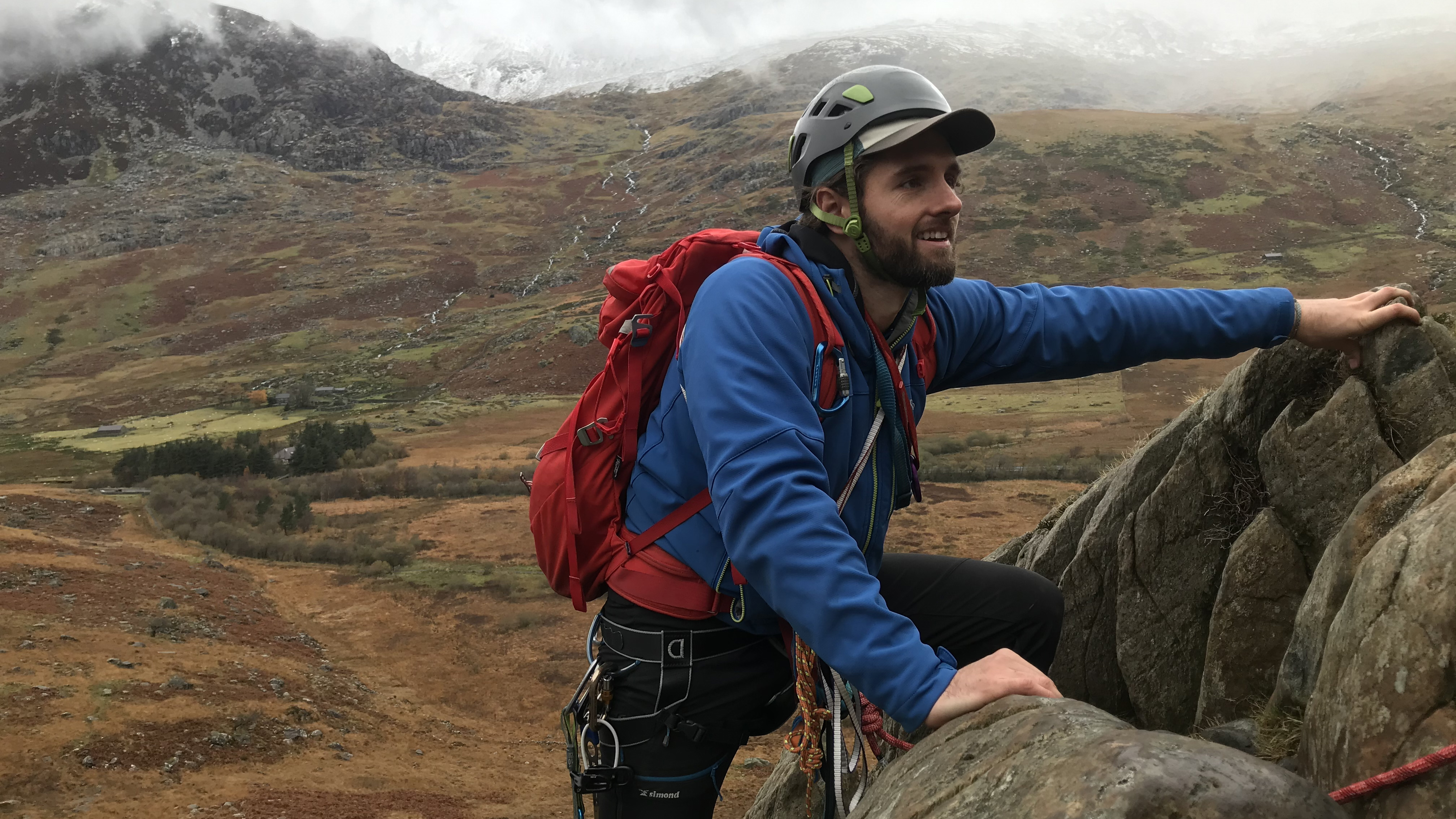
Another way to think of it is to consider the approach an individual takes to these sorts of borderline routes. Perhaps this is what determines whether you’re scrambling or climbing. Bring your climbing shoes and full rack to the first pitch and you’re doing a spot of easy climbing. Bring a lightweight scrambler’s rack and approach shoes to the same route and you’re taking on a roped scramble. Leave the harness and ropes at home and attempt it sans protection, and you’re embarking on some very bold scrambling.
This begs the question: when does bold, unroped scrambling become free soloing? Well, once you get into routes within the YDS Class 5 grades that describe 'technical rock climbing' or into the UK’s accepted sport and trad climbing grades, you’d be within your right to say you were free soloing if tackling them without a rope. Note: this is certainly not something we’d advise doing.
Brette Harrington, one of America’s leading alpinists and one-time partner of the late Marc-André Leclerc (of 2021 documentary film The Alpinist) fame, cites mindset as being the key difference between scrambling and free soloing. When scrambling, the climber is 'cruising', whereas when free soloing they require laser focus. In this case, it's the competence and confidence of the climber that determines what they're doing, not the difficulty of the route itself.

Now, here’s the thing. Scrambling and climbing grades are highly subjective and the challenges posed by any given route will vary depending on factors like the weather and what the scrambler chooses to wear. A hard scramble that feels desperate in trail running shoes will probably feel much easier in approach shoes. Take on a relatively easy scramble in the wet and you’ll likely be more gripped than on a technical climb in glorious summer sunshine.
Inevitably there’s a bit of an overlap between hard scrambling and easy climbing, and the routes and sort of terrain that fall into the center of this adventurous Venn diagram are bound to cause debate. An experienced crag rat might proclaim that a certain route ‘was nothing more than a scramble’, while someone working their way up the grades would probably consider the same route as a thrilling climb. I’ve heard some people describe the Matterhorn’s Hornli Ridge as a scramble. I’ve one word for such a sentiment: psychopathic.
At the end of the day, it doesn’t matter whether it’s technically a scramble or a climb – all that matters is that you enjoy it. As the late legendary American mountaineer Alex Lowe once said: ‘the best climber is the one having the most fun’.







